
Flooding can transform a serene home into a chaotic nightmare in a matter of minutes. The aftermath is often overwhelming, with water damage that threatens the structural integrity of your home, the safety of your family, and the value of your property. In Tampa, where heavy rains and hurricanes are not uncommon, being prepared for flood recovery is crucial.
This guide will provide you with a comprehensive approach to achieving a seamless flood recovery, covering everything from initial damage assessment to working with flood restoration professionals and addressing mold damage.
Understanding the Impact of Flooding
Before diving into the recovery process, it's essential to understand the potential impacts of flooding on your home. Water damage can occur in various forms:
Structural Damage: Water can weaken foundations, walls, and floors, leading to serious structural issues.
Electrical Hazards: Floodwater can compromise electrical systems, posing significant risks of fire and electrocution.
Mold Growth: Standing water and high humidity create an ideal environment for mold growth, which can cause health problems and further property damage.
Contamination: Floodwater often contains contaminants like sewage, chemicals, and debris, making cleanup a hazardous task.
Immediate Steps to Take Post-Flood
Ensure Safety First: Before re-entering your home, ensure that it is safe to do so. Check for structural damage, gas leaks, and electrical hazards. If in doubt, seek professional advice.
Document the Damage: Take photographs and videos of all damage for insurance purposes. This documentation will be crucial when filing claims.
Contact Your Insurance Company: Notify your insurance provider as soon as possible. They will guide you on the next steps and send an adjuster to assess the damage.
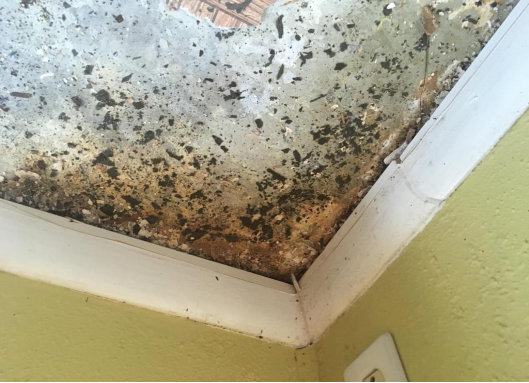
Prevent Further Damage: If it's safe, take steps to prevent further damage. This may include covering damaged roofs, boarding up windows, and removing standing water.
Engaging Flood Restoration Professionals
Recovering from a flood is not a DIY job. Professional assistance ensures that your home is restored safely and efficiently. Here’s how flood restoration professionals can help:
Comprehensive Assessment: Professionals conduct thorough inspections to identify all areas of damage, including hidden issues that may not be immediately visible.
Water Extraction and Drying: Using specialized equipment, professionals can quickly remove standing water and dry out your home, preventing further water damage and mold growth.
Cleaning and Disinfection: Floodwater can bring contaminants into your home. Professionals clean and disinfect affected areas to ensure a safe living environment.
Mold Remediation: Mold can begin to grow within 24-48 hours of water exposure. Restoration experts identify and remove mold, addressing underlying moisture issues to prevent a recurrence.
Structural Repairs: From drywall replacement to flooring repairs, professionals handle all necessary structural work to restore your home.
Dealing with Mold Damage
Mold is one of the most insidious consequences of flooding. Not only does it damage property, but it also poses serious health risks. Here’s a step-by-step guide to dealing with mold damage:
Identify Mold Growth: Mold can appear as black, green, or white patches and often has a musty odor. Common areas for mold growth include basements, crawl spaces, and any areas with persistent moisture.
Professional Mold Testing: Engage professionals to conduct mold testing. They will identify the type and extent of mold growth, which is essential for effective remediation.
Containment: To prevent mold spores from spreading, professionals use containment strategies like sealing off affected areas and using air filtration devices.
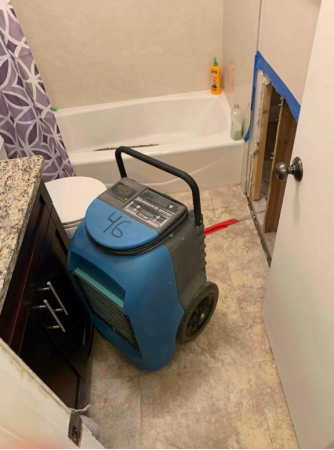
Removal and Cleaning: Professionals use specialized techniques and products to remove mold and clean affected areas. This often includes removing and replacing contaminated materials like drywall and insulation.
Moisture Control: Addressing the underlying moisture issue is critical. This may involve repairing leaks, improving ventilation, and using dehumidifiers.
Final Clearance Testing: After remediation, professionals conduct final testing to ensure that mold levels are within safe limits.
Long-Term Prevention Strategies
Once your home is restored, implementing long-term prevention strategies is key to protecting it from future floods:
Install a Sump Pump: A sump pump can help remove water from your basement or crawl space, preventing flooding during heavy rains.
Elevate ElectricalSystems: Ensure that electrical panels, outlets, and appliances are elevated above potential flood levels.
Improve Drainage: Proper grading and the installation of French drains can help direct water away from your home.
Seal Cracks and Openings: Inspect your foundation and walls for cracks and openings, sealing them to prevent water intrusion.
Use Flood-Resistant Materials: When renovating, consider using flood-resistant materials such as ceramic tiles, vinyl flooring, and water-resistant insulation.
Working with Your Community
Flood recovery is not just an individual effort but a community one. Engaging with your community can provide additional support and resources:
Local Government Resources: Check with local government agencies for resources and assistance programs available to flood victims.
Community Organizations: Many community organizations offer aid, including cleanup assistance, financial help, and emotional support.
Neighborhood Watch Programs: Joining or forming a neighborhood watch program can help with early flood warnings and coordinated response efforts.
Volunteer Groups: Engage with volunteer groups that specialize in disaster recovery. These groups often provide valuable manpower and expertise.
Emotional and Psychological Recovery
The emotional toll of experiencing a flood can be significant. Addressing your mental health is an important aspect of the recovery process:
Seek Counseling: Professional counseling can help you process the trauma and stress associated with flood recovery.
Support Groups: Joining a support group can provide comfort and practical advice from others who have gone through similar experiences.
Maintain Routine: Try to maintain a routine to bring a sense of normalcy back to your life. This can help reduce stress and anxiety.
Stay Informed: Staying informed about recovery progress and available resources can help you feel more in control of the situation.
Recovering from a flood is a challenging journey, but with the right approach, it can be managed effectively. By understanding the impacts of flooding, taking immediate action, working with flood restoration professionals, addressing mold damage, and implementing long-term prevention strategies, you can transform chaos into calm and restore your home to its former glory.
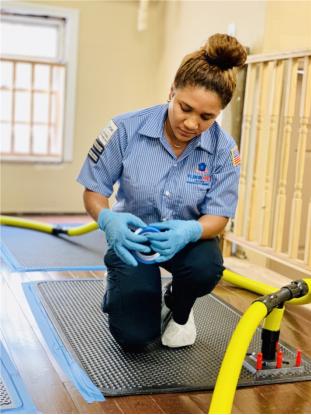
Are you looking for flood restoration professionals in Tampa? Flood Pros USA provides top-notch mold, fire, and water damage restoration, including same-day services. Our expert team handles fire damage cleanup,mold removal, and flood restoration in Tampa.
Trust us for reliable water damage restoration and storm damage repair. Contact us now for comprehensive mold repair, fire restoration, and water damage removal in Tampa!
Subscribe to Flood Pros USA's Blog

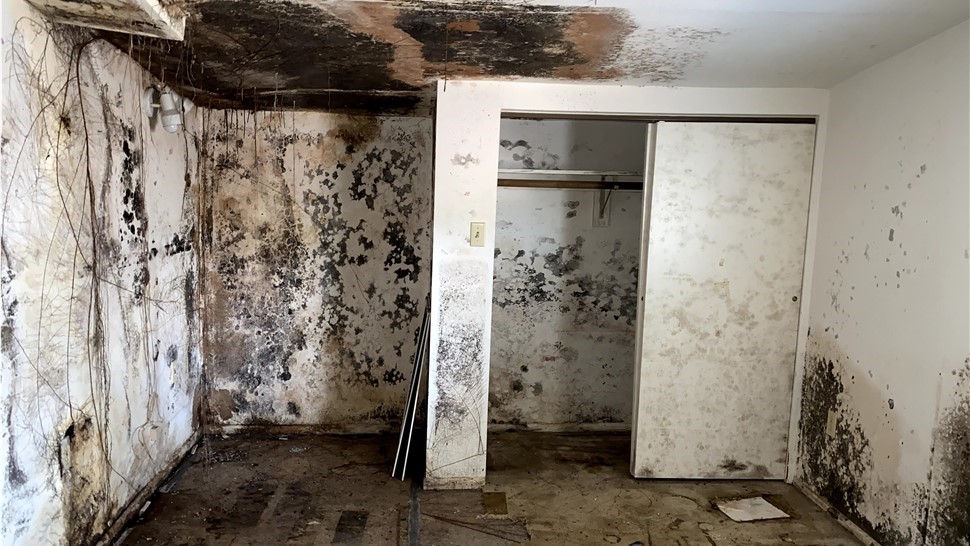
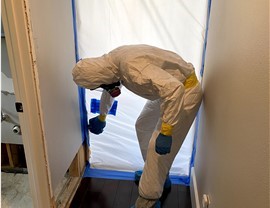

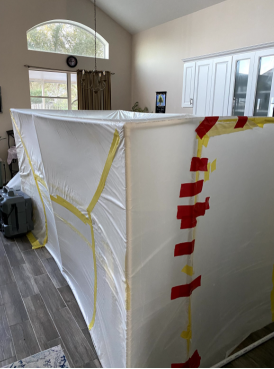


Comments